It’s National Pollinator Week! Did you pick up some local ingredients to make your own pollinator power salad?

Originally I was going to write a post all about honey bees because they are fascinating creatures. We can’t talk about large-scale commercial food production, without acknowledging our reliance on bees. And if you want to really think about how intimate our relationship with honey bees is, just remember that we eat their vomit and enjoy it! If that isn’t fascinating, I don’t know what is.
BUT when thinking about our post schedule for this week, I didn’t want us to give all of the attention to honey bees, because they are only one piece of the pollination puzzle, particularly in North America.
What’s so special about honey bees?
You may not be aware, but the honey bees that we all know and love for the pollination services and delicious honey are not native to North America. The bees arrived in North America by Europeans in the 17th century, and they are such efficient pollinators that over time our agriculture became dependent upon the insects. This dependency is due in part to honey bees living in such large colonies that we are able to easily move from field to field in portable hives.
Honey bee colonies are facing a number of challenges, discussed under the umbrella of colony collapse disorder. One estimate measured a 44% loss of hives between 2015 and 2016. These numbers are no joke and totally worthy of their own post, but today we want to focus on native pollinator populations.
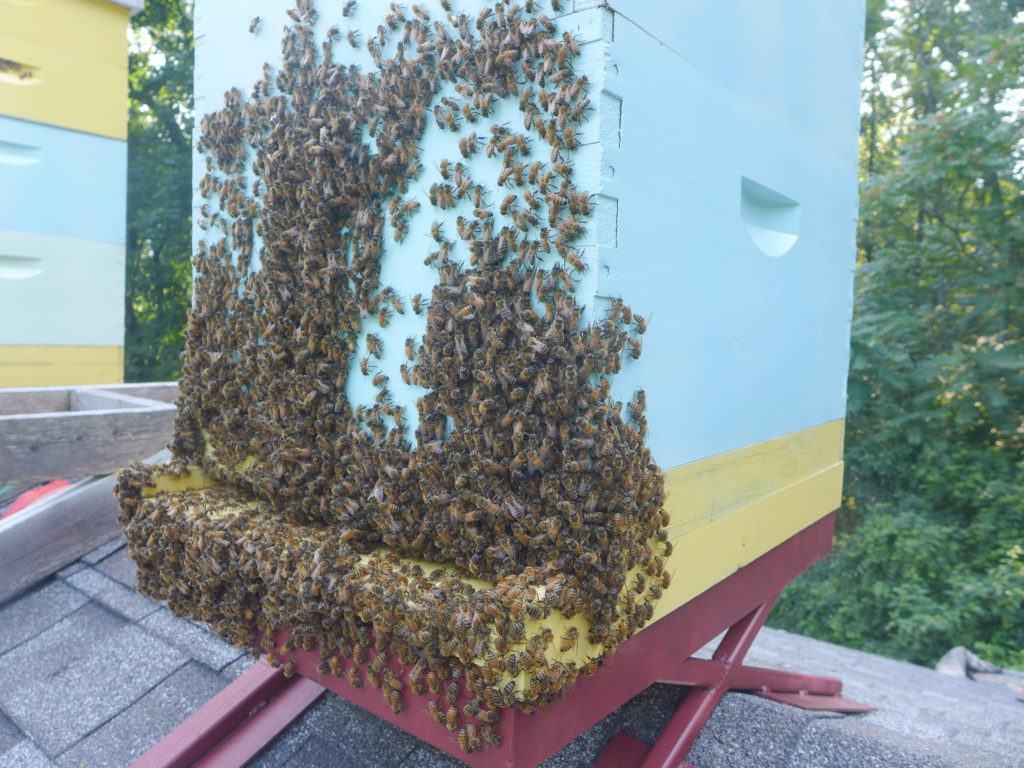
What came before the honey bee?
Native pollinators! What am I talking about? Well, there are so many creatures that pollinate flowers. Ready, it’s pop quiz time… think of as many different types (“bees” would be one type, you don’t have to name different bee species) of pollinators, then scroll down past this pic to see our list.
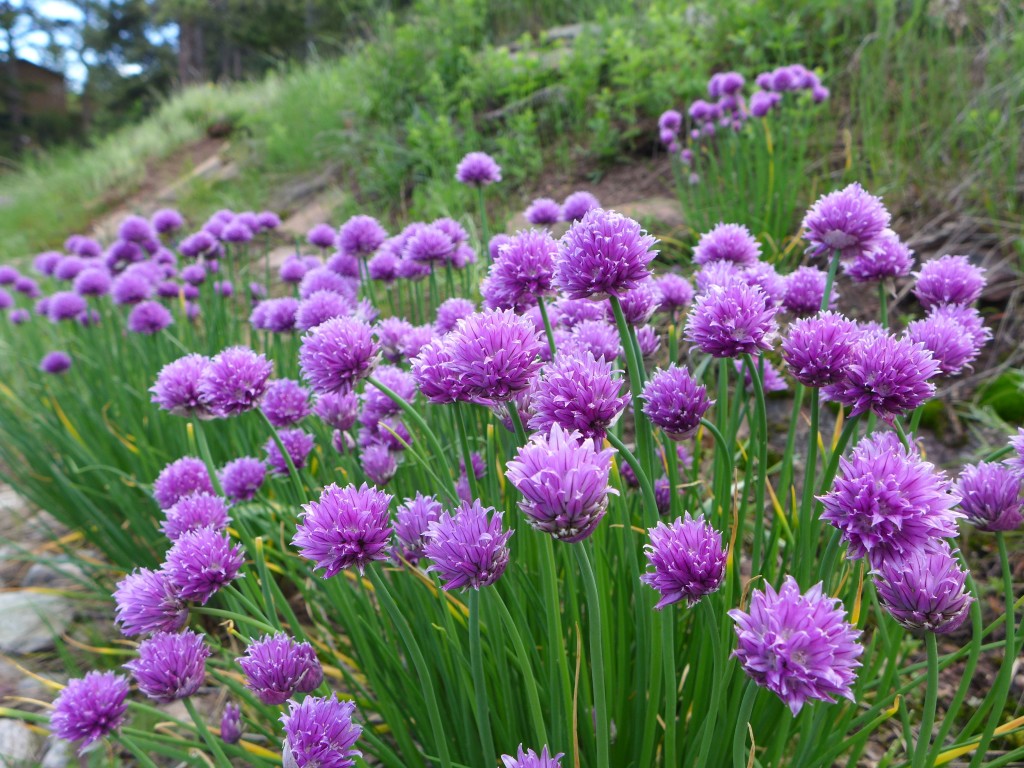
Ok, here’s our short list: birds, bats, moths, butterflies, flies, beetles, mosquitos, and wasps. How does it compare to your list? So one thing is clear, before the arrival of domesticated honey bees, there were (and are) plenty of native pollinators in the US!
When just looking at bees, there are 4000 species native to the US (950 native bees in my great state of Colorado!). That’s just the bees! Pile on top of that the multitude of native pollinators that other insects, mammals, and birds, and you have ecosystems and farm fields that can successfully thrive without honey bees.
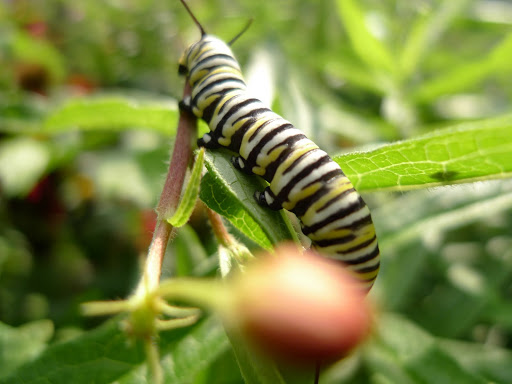
In fact, when it comes to the native tomatoes and some squash plants, honey bees are no help at all! And then there are other native crops, like pumpkins, blueberries, and cranberries that native bees successfully pollinate at higher rates than domestic honey bees. Why is this the case? One reason is that honey bees are generalists: they visit flowers from a wide variety of plants, which means that they’re carrying a wide variety of pollen to each flower, and the pollen that falls on any one flower not be a successful match. On the other hand, native pollinators are often specialists, just visiting a few or even a single plant species, carrying pollen that is the correct match to each flower.
What about staple crops? Some of our most important crops are wind pollinated, not relying upon the help of animals at all. This list includes wheat, rice, corn, barley, and oats.
What am I getting at? The plight of honey bees receives a lot of attention, particularly when we’re talking about pollinators and agriculture. But that’s an incomplete story. Many crops don’t require insect pollination. Many creatures are capable of pollinating our crops, and in many cases, the relationship between native pollinator and native crop is much more successful than pollination by the honey bee.

Why are native pollinators at risk?
By relying so heavily on honey bees for commercial agriculture pollination, modern society has adopted practices that are not beneficial to native pollinators.
Suburban development and farmland expansion has destroyed and fragmented native vegetation that would have provided both food and habitat for the pollinators. The expanded use of pesticides, both on farm fields and on public and private lawns has the unintended consequence of killing the beneficial insects, like pollinators, in addition to the targeted pests.
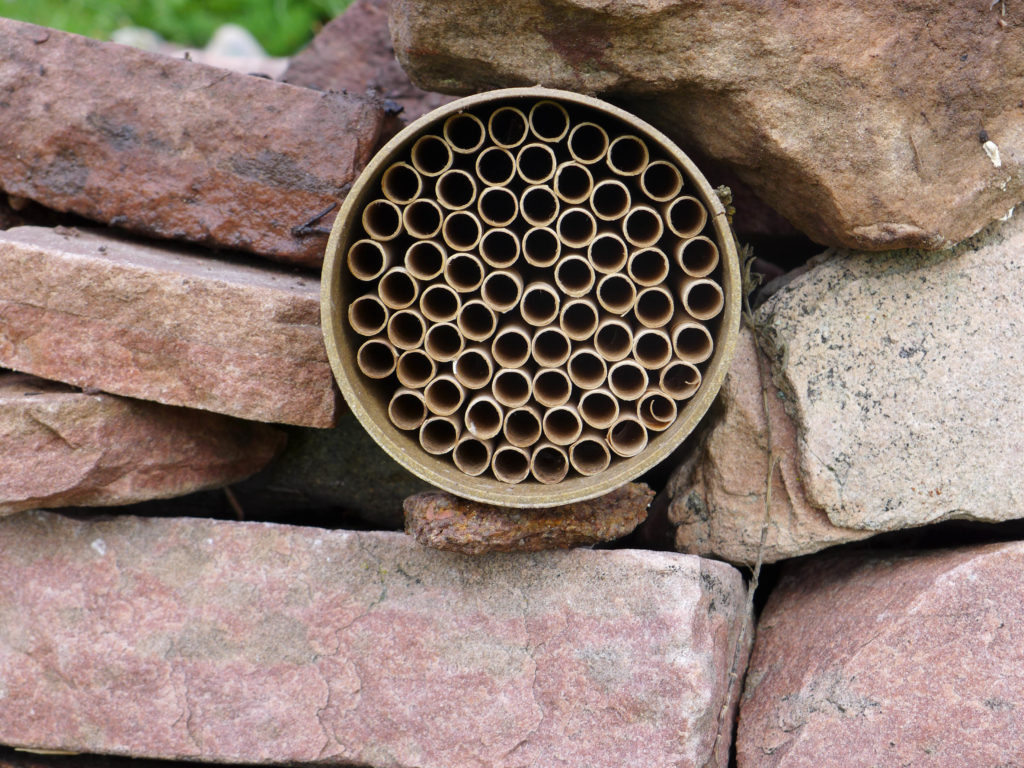
What can you do?
If you have the space, provide a habitat for pollinators in your backyard. Start by eliminating pesticides and herbicides, then plant native vegetation and provide water and shelter for your new visitors. When at the nursery, make sure that you purchase plants that were raised without neonicotinoids, a relatively new class of insecticides that may be responsible for the decline in pollinator populations.
Not sure what are the best plants for your area? The Pollinator Partnership provides planting guides for every ecoregion in the US. Just type your zipcode into this site, and they will provide both the name of your ecoregion and a detailed guide to help you get started.
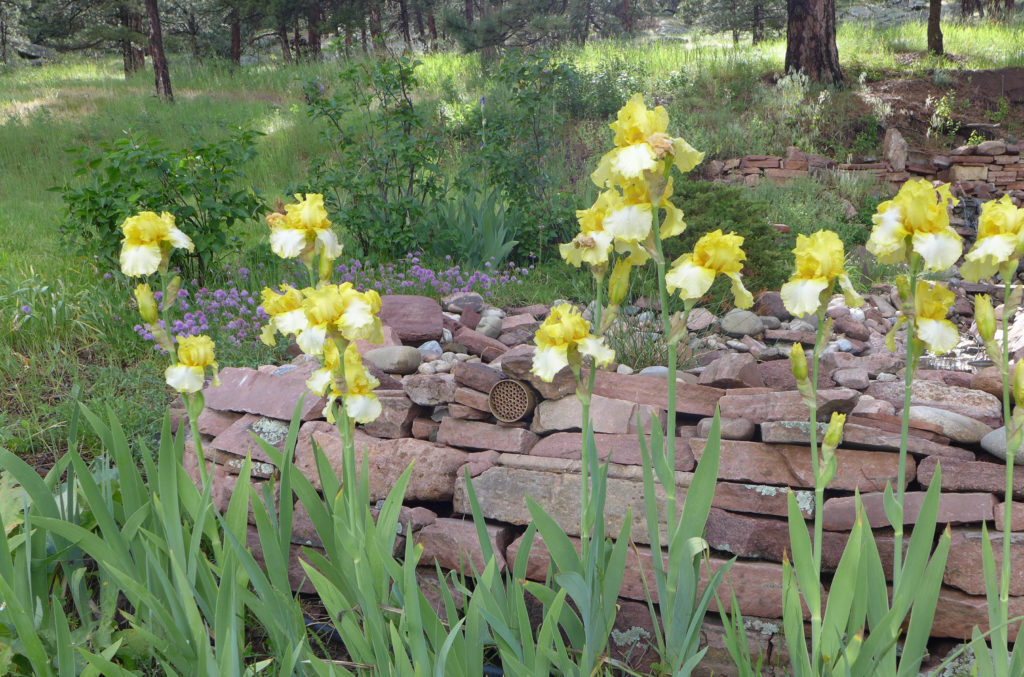
Beyond plants, you can create diverse habitats within your back yard that appeal to a variety of native pollinators. One easy option is a native bee house. We have a simple straw house in our yard. These are easy to purchase on Amazon or at your local plant nursery or hardware store. Solitary bees will lay their eggs within the straw, providing each egg with the nutrients it will need to grow, and then it will cap the ends of the straw when their work is complete.
